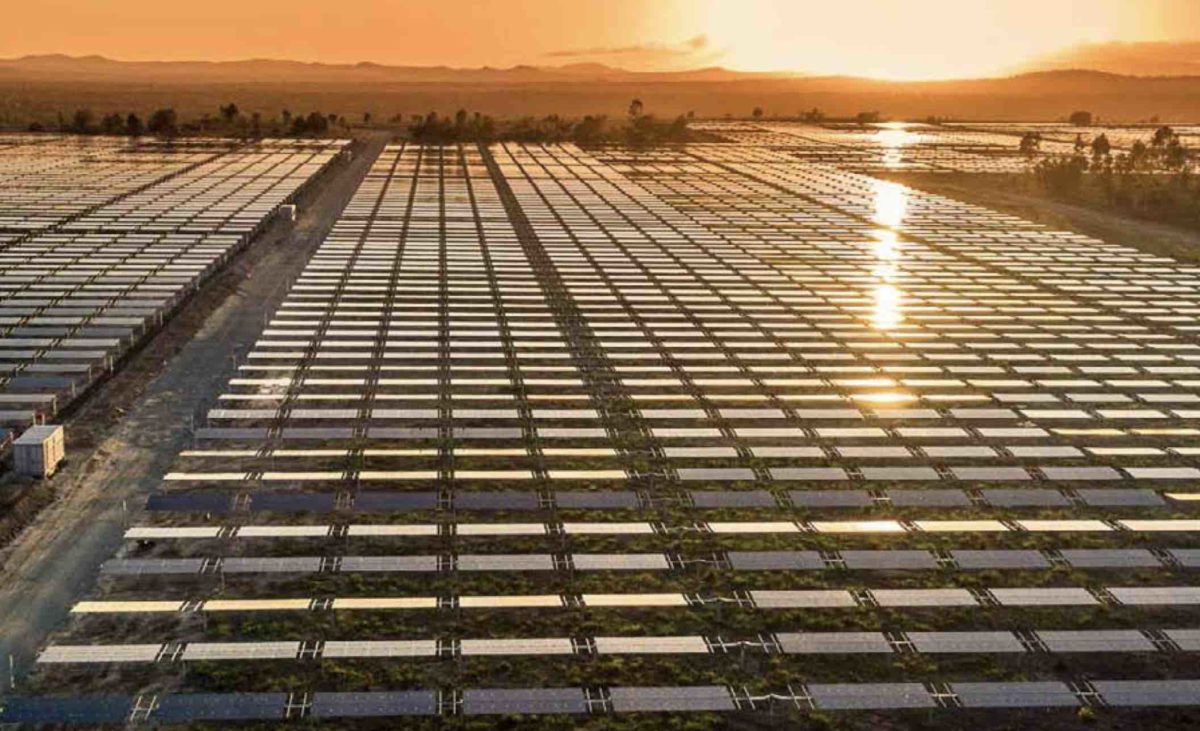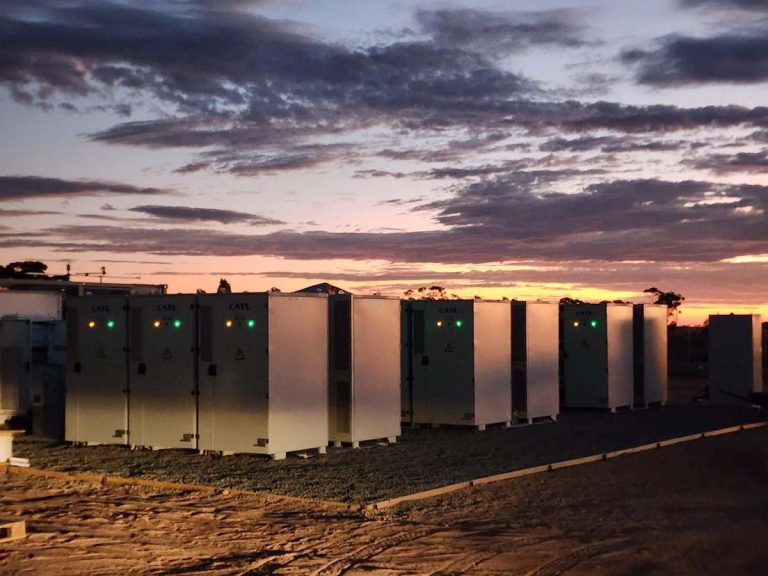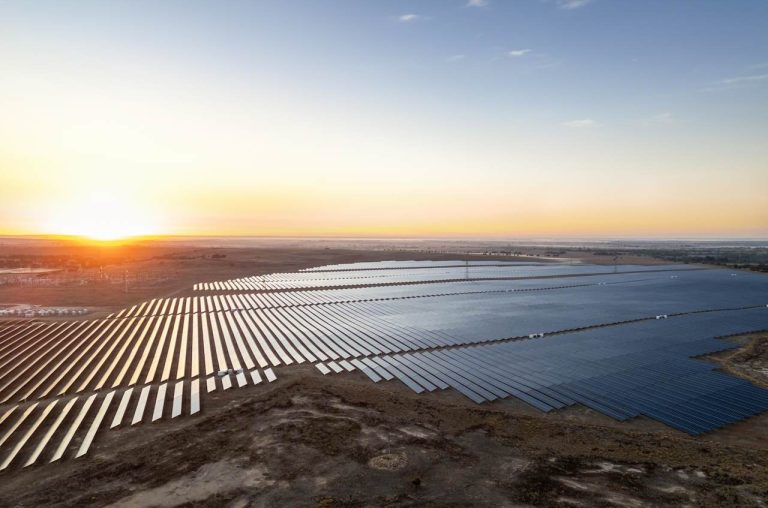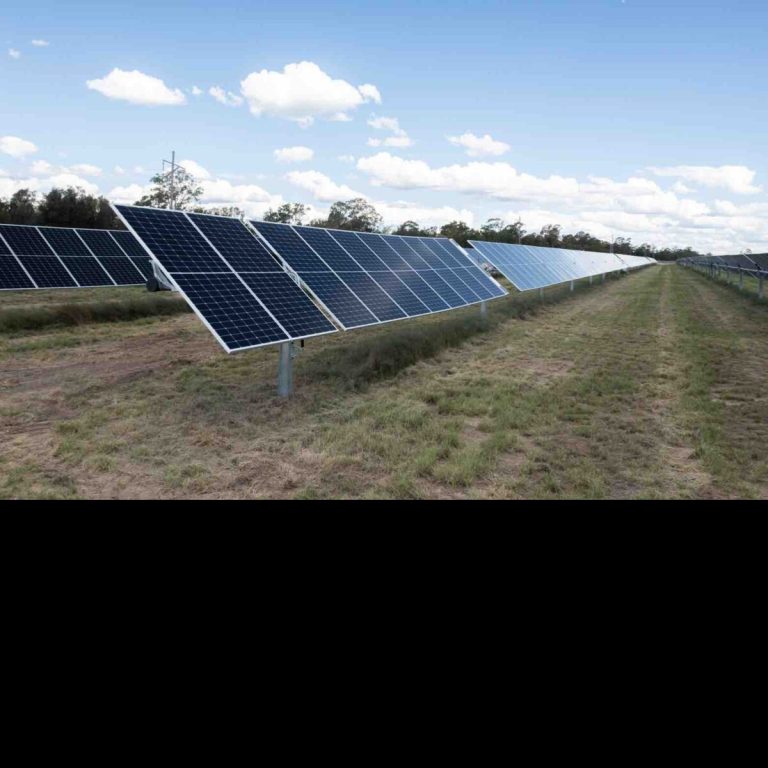Australia’s Coal-Dependent Grid Hits 99.3% Potential Renewables Record
The newly elected LNP government in Queensland may be attempting to downplay the situation, but the expansion of renewable energy in Australia’s most coal-reliant state is undeniably progressing, albeit at a deliberately reduced pace.
On Sunday, Queensland achieved a remarkable milestone, reaching 99.3 per cent in “potential renewables,” which indicates the amount of renewable energy that could have been generated without economic or network limitations. This surpasses the previous record of 96.9 per cent set in October 2024.
Record Solar Contributions
At the time the record was established just after 12.30pm on Sunday, rooftop solar energy accounted for an impressive 53.6 per cent of the total, contributing to a new low in network demand of 2,961 MW, as reported by GPE NEMLog. This meant that more than half of the state’s utility-scale solar capacity was curtailed to prevent negative pricing, with the actual renewable energy contribution at that moment exceeding 66 per cent of demand.
Queensland’s increasing number of large-scale batteries and pumped hydro facilities capitalised on the negative pricing, while nearly a gigawatt of capacity was being exported to New South Wales.
Current Renewable Energy Statistics
Over the past year, Queensland has maintained an average of just 31.5 per cent renewable energy usage, the lowest among all Australian states, while its reliance on coal remains the highest, averaging 65 per cent. In 2018, the figure for “potential renewables” was below 20 per cent of grid demand, a time when critics warned of potential grid failures and economic collapse.
The new LNP government appears to have absorbed some of this alarmist rhetoric, as it has opted to abolish the renewable energy targets previously established by the Labor government—50 per cent by 2030 and 80 per cent by 2035. Furthermore, it shows little interest in emissions targets, despite the evident harm being inflicted on Queensland’s premier tourist attraction, the Great Barrier Reef.
Future Energy Plans
Instead, the LNP has pledged to invest several billion dollars in prolonging the lifespan of its ageing coal power stations. This stance contrasts sharply with some of the state’s major employers, such as Rio Tinto, which are advocating for a transition away from coal. They have made it clear that their refineries and smelters face an uncertain future unless they can shift to renewable energy sources by the end of the decade.






